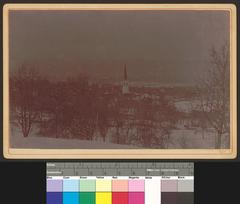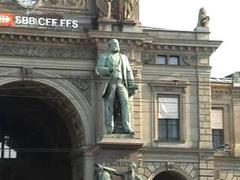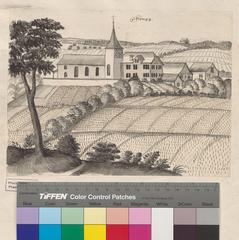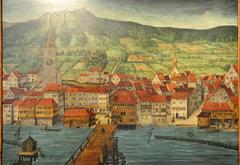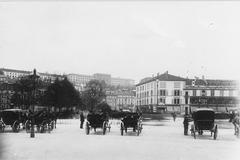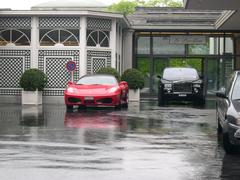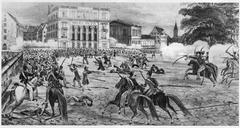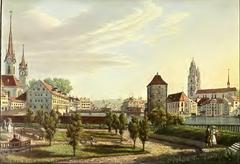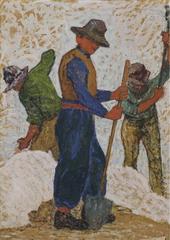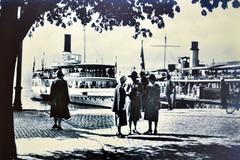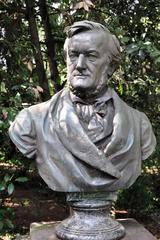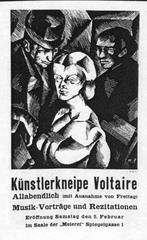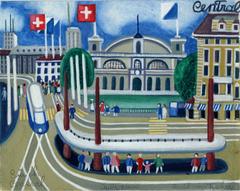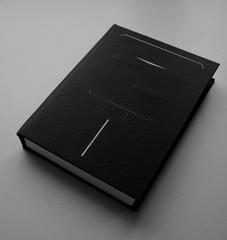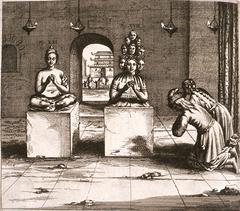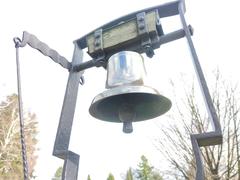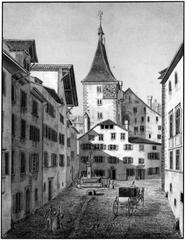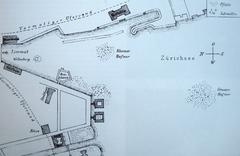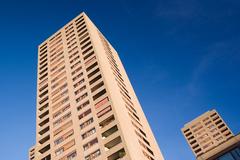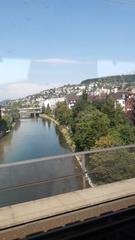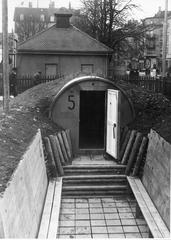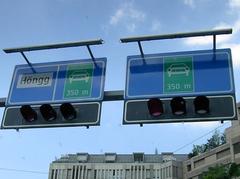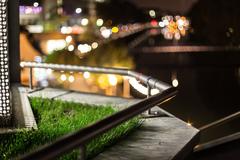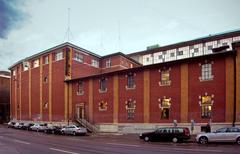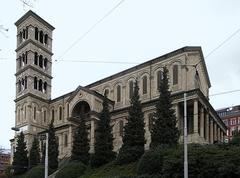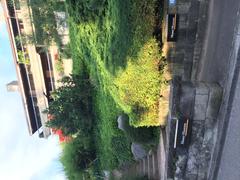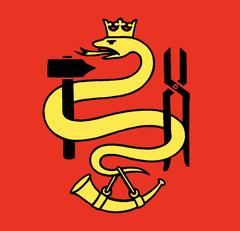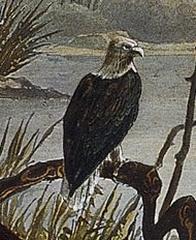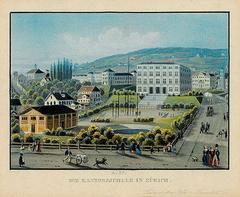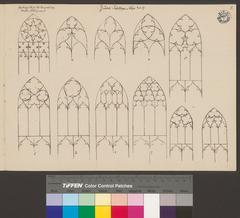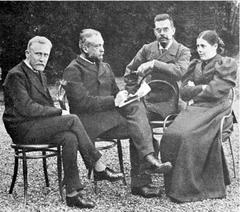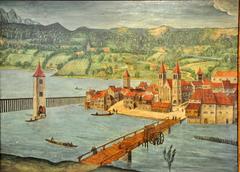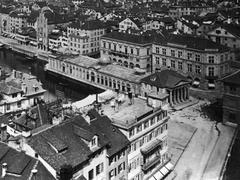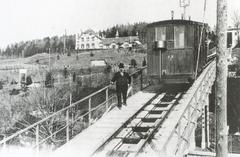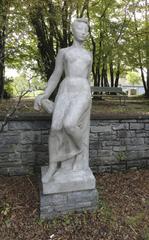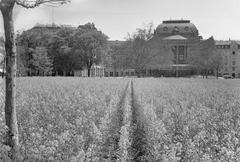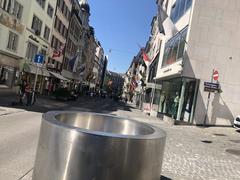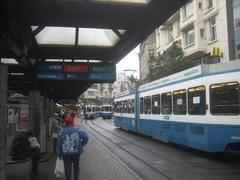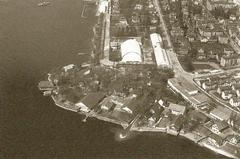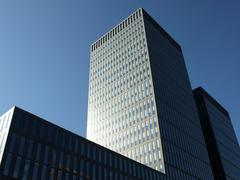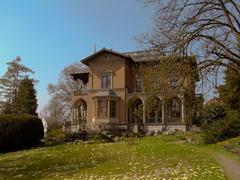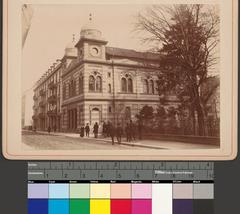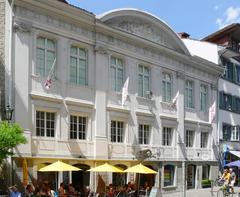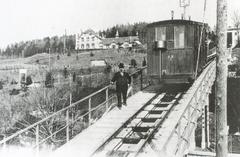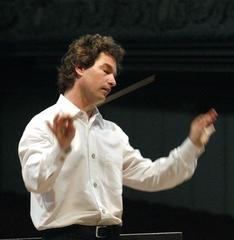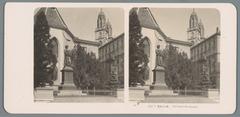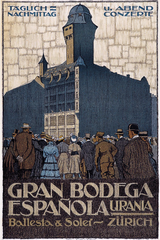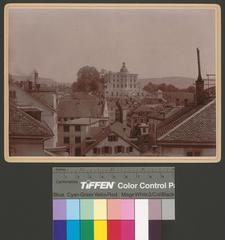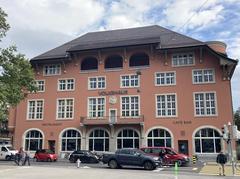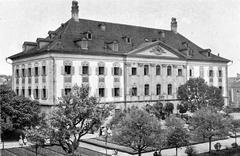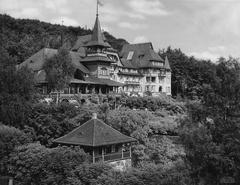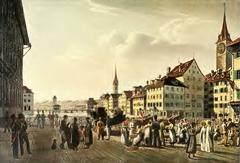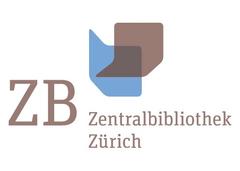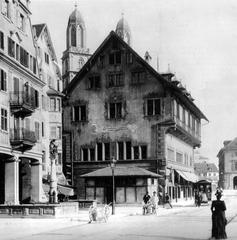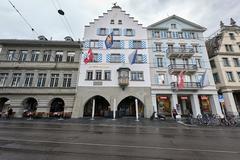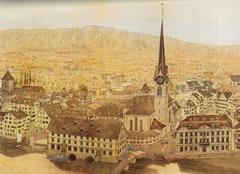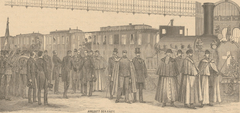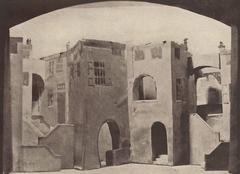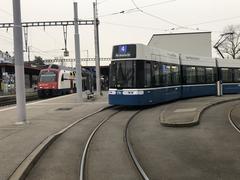Schöneichtunnel Visiting Hours, Tickets, and the Ultimate Guide to Zurich Historical Sites
Date: 15/06/2025
Introduction: Schöneichtunnel’s Role in Zurich’s Urban Evolution
In the vibrant heart of Zürich, Switzerland, the Schöneichtunnel stands as a striking example of the city’s dedication to sustainable urban growth and cutting-edge infrastructure. Originally constructed to address traffic congestion and link key districts, the tunnel today is part of a broader transformation that blends engineering innovation with ecological and social renewal. With the realization of the Einhausung Schwamendingen—a covered motorway enclosure topped by the lush Überlandpark—Zürich has set a new standard for integrating transport solutions within the urban landscape.
This detailed guide provides a comprehensive overview of the Schöneichtunnel’s evolution, its engineering milestones, and the visitor-friendly green spaces that now define the surrounding area. You’ll find essential information on accessibility, visiting hours, ticketing, and travel tips, as well as insights into the tunnel’s impact on Zürich’s urban fabric. For those interested in the broader context, the guide highlights connections to Zurich’s historic sites and practical advice for making the most of your visit.
For further details on the tunnel’s construction, recent upgrades, and the innovative park above, see city resources and media coverage such as Tages-Anzeiger, SRF, and ASTRA.
Contents Overview
- Introduction
- Early Development of Zürich’s Tunnel Infrastructure
- Construction and Engineering Milestones
- Safety Upgrades and Modernization
- Integration with Zürich’s Urban Development
- Cultural and Social Significance
- Visiting the Schöneichtunnel and Überlandpark: Hours, Tickets, Accessibility
- Nearby Attractions and Travel Tips
- Einhausung Schwamendingen: Urban Renewal and Technical Highlights
- Frequently Asked Questions (FAQ)
- Conclusion and Visitor Recommendations
- Official Sources and Links
Early Development of Zürich’s Tunnel Infrastructure
Zürich’s roots stretch from prehistoric settlements and Roman trade routes to its present-day status as a global city (Zürich History). The city has embraced innovation in infrastructure to support its economic and cultural growth. The Schöneichtunnel, part of a suite of major tunnels including the Milchbucktunnel, was designed to relieve surface congestion and connect vital urban areas, demonstrating Zürich’s proactive approach to urban mobility challenges.
Construction and Engineering Milestones
Constructed during a phase of rapid urban growth, the Schöneichtunnel presented significant engineering challenges due to Zürich’s density. Early construction carefully minimized disruptions while respecting historic surroundings. A major renovation in 2006 marked a pivotal upgrade, modernizing the tunnel’s electromechanical systems and safety infrastructure during a period of reduced traffic (Kanton Zürich). These upgrades included advanced ventilation, lighting, and emergency systems, ensuring the tunnel meets rigorous Swiss and European safety standards.
Safety Upgrades and Modernization
Safety is central to the Schöneichtunnel’s operations. The 2006 overhaul included:
- Full renewal of mechanical and electrical systems for reliability.
- Installation of state-of-the-art lighting, fire detection, and communication systems.
- Comprehensive rescue and evacuation routes with clear signage (Kanton Zürich).
These measures were implemented in tandem with other major infrastructure upgrades, like the Walchebrücke bridge, illustrating Zürich’s integrated approach to urban safety and efficiency.
Integration with Zürich’s Urban Development
Zürich’s growth has been closely tied to the evolution of its transport corridors. The Schöneichtunnel, especially after its recent extension as part of the Einhausung Schwamendingen project, embodies a model of harmonious urban planning. The tunnel and its enclosure not only manage heavy traffic but also support new public spaces, reconnect communities, and reduce environmental impacts.
Cultural and Social Significance
Beyond its practical function, the Schöneichtunnel is interwoven with daily life in Zürich. It exemplifies the city’s commitment to livability, sustainability, and blending modernity with heritage (Interesting Facts About Zürich). The neighborhood is now home to thriving cultural venues and green spaces, with historical landmarks such as Lindenhof, Grossmünster, and Fraumünster within easy reach.
Visiting the Schöneichtunnel and Überlandpark: Hours, Tickets, Accessibility
Can You Visit the Schöneichtunnel?
The Schöneichtunnel itself remains an active motorway and is not open for pedestrian tours or visits due to safety protocols. However, the innovative Überlandpark above the Einhausung Schwamendingen—the tunnel’s green roof—offers a unique and accessible visitor experience.
Überlandpark (Einhausung Schwamendingen) Visitor Information
- Opening Hours: Überlandpark is open daily from dawn to dusk (typically 6:00 AM to 10:00 PM).
- Tickets: Access is free of charge; no registration required.
- Accessibility: The park features barrier-free paths, ramps, and elevators, making it suitable for wheelchairs, strollers, and visitors of all ages.
- Facilities: Playgrounds, water features, pavilions, seating areas, and biodiversity zones.
- Pets: Dogs are welcome on a leash.
Getting There
- Public Transport: Tram lines 7, 9, and 12 stop at “Schöneichtunnel” or nearby stations, offering direct access.
- Parking: Limited street parking is available; public transportation is recommended for convenience and sustainability.
- Cyclists and Pedestrians: The park is easily accessible by bike and on foot, with dedicated routes connecting the area to surrounding neighborhoods.
Nearby Attractions and Travel Tips
- Lindenhof: Historic hilltop park with panoramic city views.
- Grossmünster and Fraumünster: Iconic churches renowned for their historic architecture and stained glass.
- Swiss National Museum: Explore Zürich’s cultural evolution.
- Schwamendingen Community Center: Local hub for exhibitions and events.
- Nature Trails: Urban green spaces and riverside walks.
Travel Tips:
- Use public transportation to avoid parking hassles.
- Visit during spring to autumn for the best park experience.
- Bring comfortable walking shoes and a camera.
- Check local event calendars for community happenings in Überlandpark.
Einhausung Schwamendingen: Urban Renewal and Technical Highlights
Project Background
The Einhausung Schwamendingen project was launched to address the negative effects of the A1L motorway on Schwamendingen’s neighborhoods, such as noise and air pollution, and to reconnect divided communities (Wikipedia). Massive public support and funding from all levels of government made the project possible (SRF).
Engineering and Environmental Innovation
- Enclosure Length: 940 meters; total covered corridor with Schöneichtunnel: 1.7 km.
- Construction: Cut-and-cover method, with complex requirements due to tram tunnels below (SRF; Walo AG).
- Noise Reduction: Thick reinforced concrete walls, modern ventilation, and smoke extraction.
- Green Roof: Überlandpark is ~30 meters wide with lawns, playgrounds, water features, and biodiversity areas (Fachbau).
- Accessibility: Ramps, elevators, and barrier-free routes throughout (Wikipedia).
Community Impact
The park has rapidly become a vibrant hub for Schwamendingen, supporting events, markets, and cultural activities, while significantly improving quality of life for residents (Nau.ch).
Frequently Asked Questions (FAQ)
Q: Can I walk inside the Schöneichtunnel?
A: No, for safety reasons, the tunnel is not open to pedestrians.
Q: Is Überlandpark open all year?
A: Yes, daily from dawn to dusk.
Q: Are dogs allowed?
A: Yes, but must be kept on a leash.
Q: Are there guided tours?
A: No regular tours, but occasional events are organized by local groups.
Q: Do I need a ticket?
A: No, access to Überlandpark is free.
Q: Is the park wheelchair accessible?
A: Yes, fully accessible with barrier-free pathways.
Conclusion and Visitor Recommendations
The Schöneichtunnel and Einhausung Schwamendingen are shining examples of Zürich’s forward-thinking approach to urban development—balancing the demands of modern mobility with environmental stewardship and community well-being. While the tunnel itself is reserved for motor vehicles, the park above offers a tranquil green space, connecting and revitalizing neighborhoods once separated by heavy traffic.
Whether you’re interested in innovative engineering, urban nature, or Zurich’s rich history, a visit to the Überlandpark provides a unique perspective on how infrastructure can enhance city life. Combine your visit with trips to nearby historical sites and enjoy Zürich’s seamless public transport for a memorable experience.
For further information, event updates, and real-time visitor tips, download the Audiala app and explore official Zurich resources.
Sources and Official Links
- Zürich History, 2025, Zürich Tourism
- Kanton Zürich Medienmitteilungen, 2006
- Interesting Facts About Zürich, 2025
- Tages-Anzeiger Report on Einhausung Schwamendingen, 2025
- ASTRA Official Updates, 2022
- Wikipedia Einhausung Schwamendingen, 2025
- SRF News on Einhausung Schwamendingen, 2025
- Fachbau Baustellen Report, 2025
- Nau.ch News on Zürich Urban Renewal, 2025
- Walo AG Project Overview, 2025
- Official Zürich City Website, 2025
- Zürich Public Transport (VBZ), 2025
- Einhausung Schwamendingen Project Site, 2025
